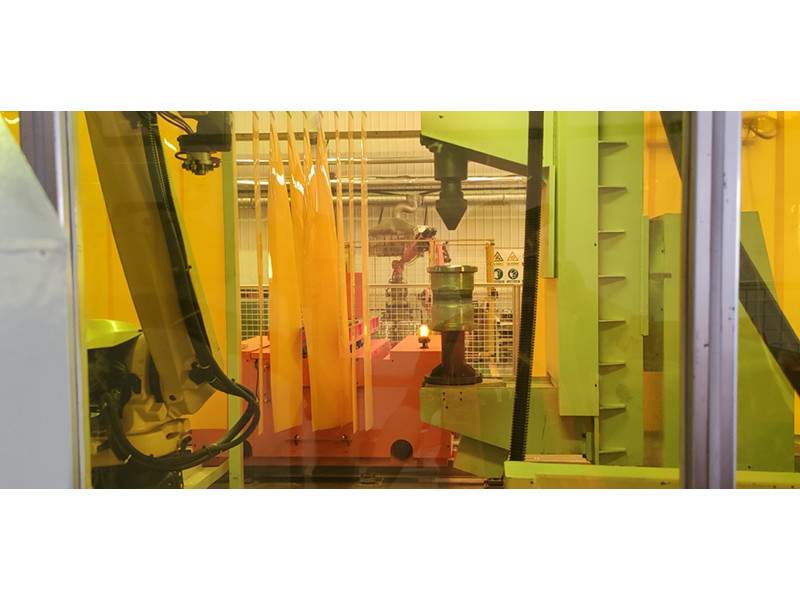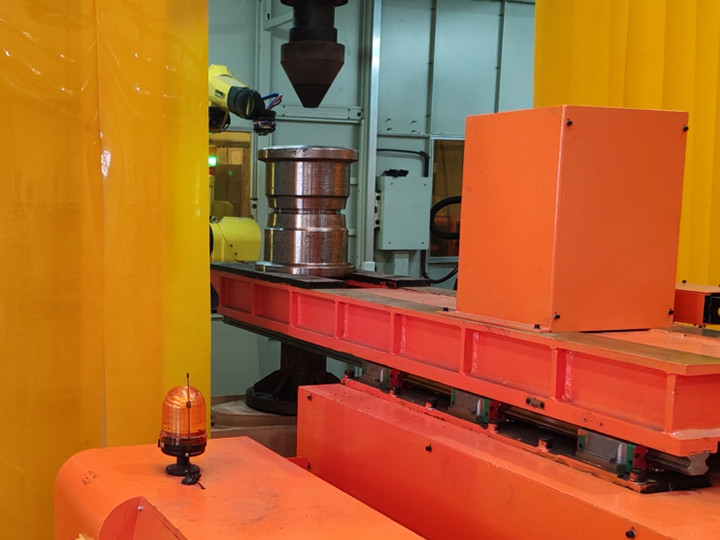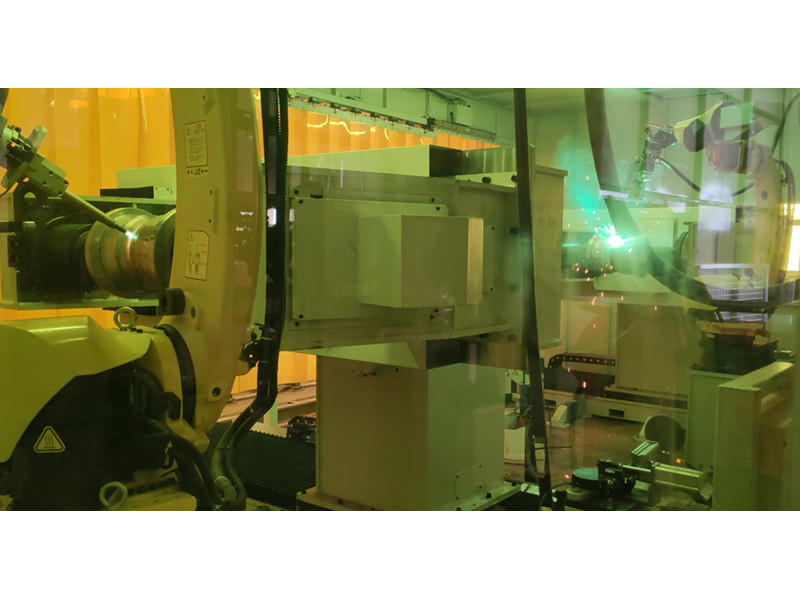A Comprehensive Analysis of Steel Structure Welding Methods and Key Precautions
Steel structure welding is a crucial process in construction engineering, and its quality directly affects the safety and durability of the structure. Currently, the mainstream welding technologies include the following eight methods, each with its specific application scenarios and technical key points.
1. Shielded Metal Arc Welding (SMAW)
Manual arc welding is the most basic welding method. It forms a weld by melting the metal through the high - temperature generated by the arc between the welding electrode and the workpiece. It has simple equipment and flexible operation, and is suitable for short welds or welding of complex shapes. However, it requires a high level of welder skills.
2. Gas - Shielded Arc Welding
It uses shielding gases such as carbon dioxide or argon to isolate the air and prevent metal oxidation during the welding process. This method has a high deposition efficiency and stable weld quality, and is particularly suitable for thin - plate welding and automated production.
3. Flux - Cored Arc Welding Self - Shielded
The welding wire is filled with flux inside, eliminating the need for additional shielding gases. It has strong wind resistance, is suitable for outdoor operations, and can effectively reduce spatter and fumes.
4. Submerged Arc Welding
The arc burns under the flux layer. It has a high degree of automation, with beautiful weld formation and large penetration depth. It is suitable for long straight welds or thick - plate welding, such as the manufacture of bridges and pressure vessels.
5. Electroslag Welding
It melts the metal through the resistance heat generated by the molten slag pool, and can form thick - plate vertical welds in one pass. It has high efficiency and small deformation, and is often used in heavy industrial structures.
6. Gas - Electro Vertical Welding
It combines gas shielding and vertical welding processes, and is suitable for thick - plate welding in vertical or inclined positions, which can significantly improve the construction speed.
7. Resistance Welding
It uses the resistance heat generated by the current passing through the metal contact surface for welding. It is often used for spot welding or projection welding of thin plates and is widely used in fields such as automobile manufacturing.
8. Stud Welding
It melts the end of the stud and the base metal through the arc to quickly fix the stud. It is commonly used for the shear connection between steel beams and concrete floors.
In addition, in actual engineering, multiple welding methods are often combined according to the component form and load requirements. For example, submerged arc welding and gas - shielded welding are used together to improve efficiency.
II. Key Precautions for Steel Structure Welding
1. Control of Welding Deformation
Uneven heating during the welding process can easily lead to component deformation. Deformation should be suppressed by reasonably designing the welding sequence, using fixtures for fixation, or applying the anti - deformation technique. For long welds, the segmented back - welding or skip - welding method can be used.
2. Preheating and Inter - Pass Temperature Control
When welding thick plates, the base metal needs to be preheated in advance (usually 100 - 200°C), and the inter - pass temperature should be controlled within the specified range (e.g., below 230°C) to prevent cold cracks and improve the toughness of the weld.
3. Multi - Layer and Multi - Pass Welding Process
Thick - plate welding should be carried out layer by layer, with each layer thickness not exceeding 4 - 5mm. After each pass of welding, the slag must be thoroughly cleaned. The next pass of welding can be carried out only after checking that there are no defects such as pores and slag inclusions on the weld surface.
4. Heat - Preservation Measures for Interrupted Welding
If the welding is suspended for more than 1 hour, heat - preservation measures should be taken. When restarting the welding, the preheating temperature should be 20 - 50°C higher than the initial temperature to avoid cracks caused by a sudden drop in temperature.
5. Prohibition of Non - Standard Arcing
Arcing in the non - welding area of the base metal will form local embrittlement points. Arcing plates or special tools must be used for standard operation.
6. Post - Welding Quality Inspection
After the weld has cooled, methods such as visual inspection, penetrant testing, or ultrasonic testing should be used to check, ensuring that there are no defects such as undercutting and lack of fusion, and removing spatters and excess weld beads.
In summary, the reasonable selection of welding methods and strict compliance with process specifications are the keys to ensuring the quality of steel structure engineering. During construction, the process parameters need to be dynamically adjusted according to the material characteristics, structural form, and environmental conditions to achieve the unity of safety and economy.


